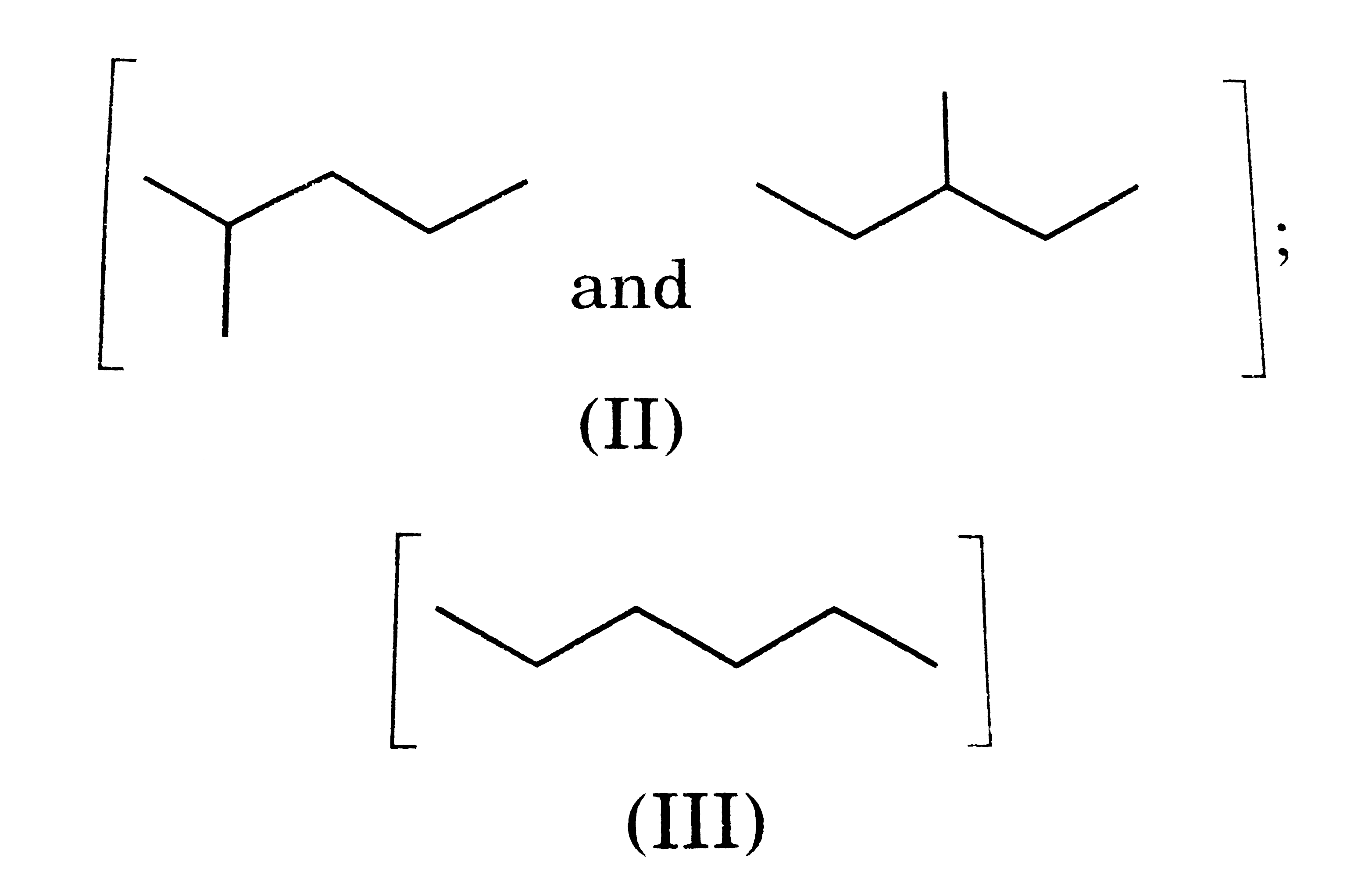The correct order of boiling point is :
H2O<H2S<H2Se<H2Te
H2Te<H2Se<H2S<H2O
H2S<H2Se<H2Te<H2O
H2O<H2Te<H2Se<H2S
The correct Answer is:C
To determine the correct order of boiling points for the compounds H2O, H2S, H2Se, and H2Te, we can follow these steps:
Step 1: Identify the Compounds
We are given four hydrides of group 16 elements:
- H2O (water)
- H2S (hydrogen sulfide)
- H2Se (hydrogen selenide)
- H2Te (hydrogen telluride)
Step 2: Understand the Trend in Boiling Points
As we move down the group in the periodic table (from oxygen to tellurium), the boiling points of the hydrides generally increase. This is due to the increase in molecular size and mass, which leads to stronger van der Waals forces.
Step 3: Analyze the Molecular Structures
- H2O has a bent molecular structure due to the presence of two lone pairs on the oxygen atom, which creates a significant dipole moment.
- H2S, H2Se, and H2Te have more linear structures and less polarity compared to H2O.
Step 4: Apply the Drago Rule
According to the Drago rule, the bond angles and molecular geometry affect the boiling points. H2O's bent structure results in stronger hydrogen bonding compared to the other hydrides, which primarily exhibit van der Waals forces.
Step 5: Compare the Boiling Points
Based on the above analysis:
- H2O has the highest boiling point due to strong hydrogen bonding.
- H2S has a lower boiling point than H2O but higher than H2Se and H2Te.
- H2Se has a lower boiling point than H2S but higher than H2Te.
- H2Te has the lowest boiling point among these four.
Step 6: Write the Final Order
Thus, the correct order of boiling points from lowest to highest is:
H2Te < H2Se < H2S < H2O
Final Answer
The correct order of boiling points is: H2Te < H2Se < H2S < H2O.
We are given four hydrides of group 16 elements:
- H2O (water)
- H2S (hydrogen sulfide)
- H2Se (hydrogen selenide)
- H2Te (hydrogen telluride)
As we move down the group in the periodic table (from oxygen to tellurium), the boiling points of the hydrides generally increase. This is due to the increase in molecular size and mass, which leads to stronger van der Waals forces.
- H2O has a bent molecular structure due to the presence of two lone pairs on the oxygen atom, which creates a significant dipole moment.
- H2S, H2Se, and H2Te have more linear structures and less polarity compared to H2O.
According to the Drago rule, the bond angles and molecular geometry affect the boiling points. H2O's bent structure results in stronger hydrogen bonding compared to the other hydrides, which primarily exhibit van der Waals forces.
Based on the above analysis:
- H2O has the highest boiling point due to strong hydrogen bonding.
- H2S has a lower boiling point than H2O but higher than H2Se and H2Te.
- H2Se has a lower boiling point than H2S but higher than H2Te.
- H2Te has the lowest boiling point among these four.
Thus, the correct order of boiling points from lowest to highest is:
H2Te < H2Se < H2S < H2O
The correct order of boiling points is: H2Te < H2Se < H2S < H2O.
Similar Questions
Knowledge Check
Which one of the following is not the correct order of boiling points of alkyl / aryl halides ?
ACHCl3>CH2Cl2BCH3(CH2)3Cl>CH3(CH2)2ClC(CH3)3Cl>(CH3)2CHCH2ClDCH3(CH2)3Cl>CH2CH2CHClCH3
The correct order of boiling points of alkyl halides is
View SolutionThe correct order of boiling points of the following isomeric amines is
C4H9NH2,(C2H5)2NH,C2H5N(CH3)2
View SolutionThe correct order for boiling point of IV group hydrides respectively :
View SolutionIsomers of hexane, based on their branching, can be divided into three distinct classes as shown in the figure.

The correct order of their boiling points is :
View SolutionIsomers of hexane , based on their branching can be divided into three distinct classes as shown in the figure.


The correct order of their boiling points is :
View SolutionIdentify the correct order of boiling points of the following compounds: CH3CH2CH2CH2OH1, CH3CH2CH2CHO2
CH3CH2CH2COOH3
View SolutionIdentify the correct order of boiling points of the following compounds
(I) CH3CH2CH2CH2OH
(II) CH3CH2CH2CHO
(III) CH3CH2CH2COOH
View Solution
